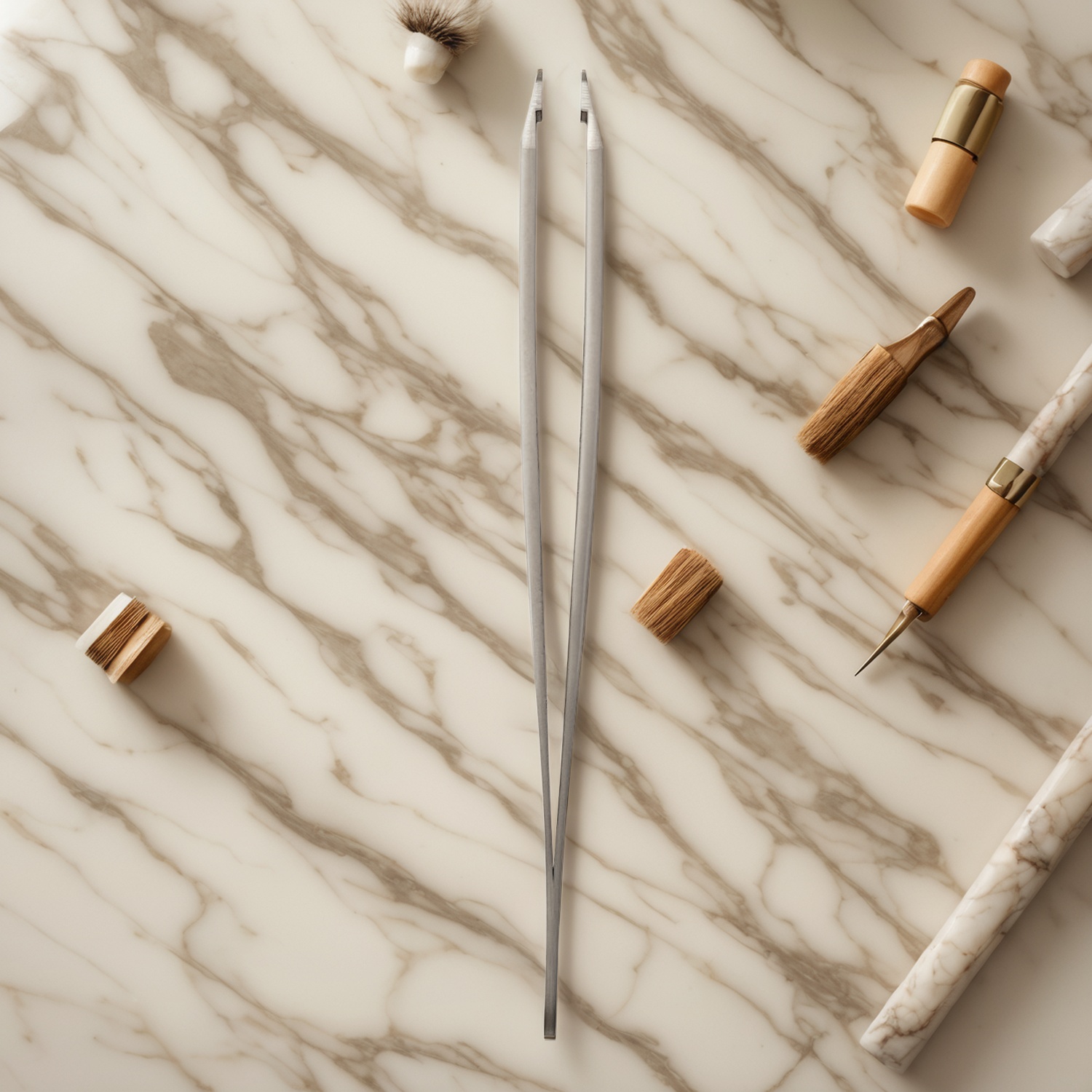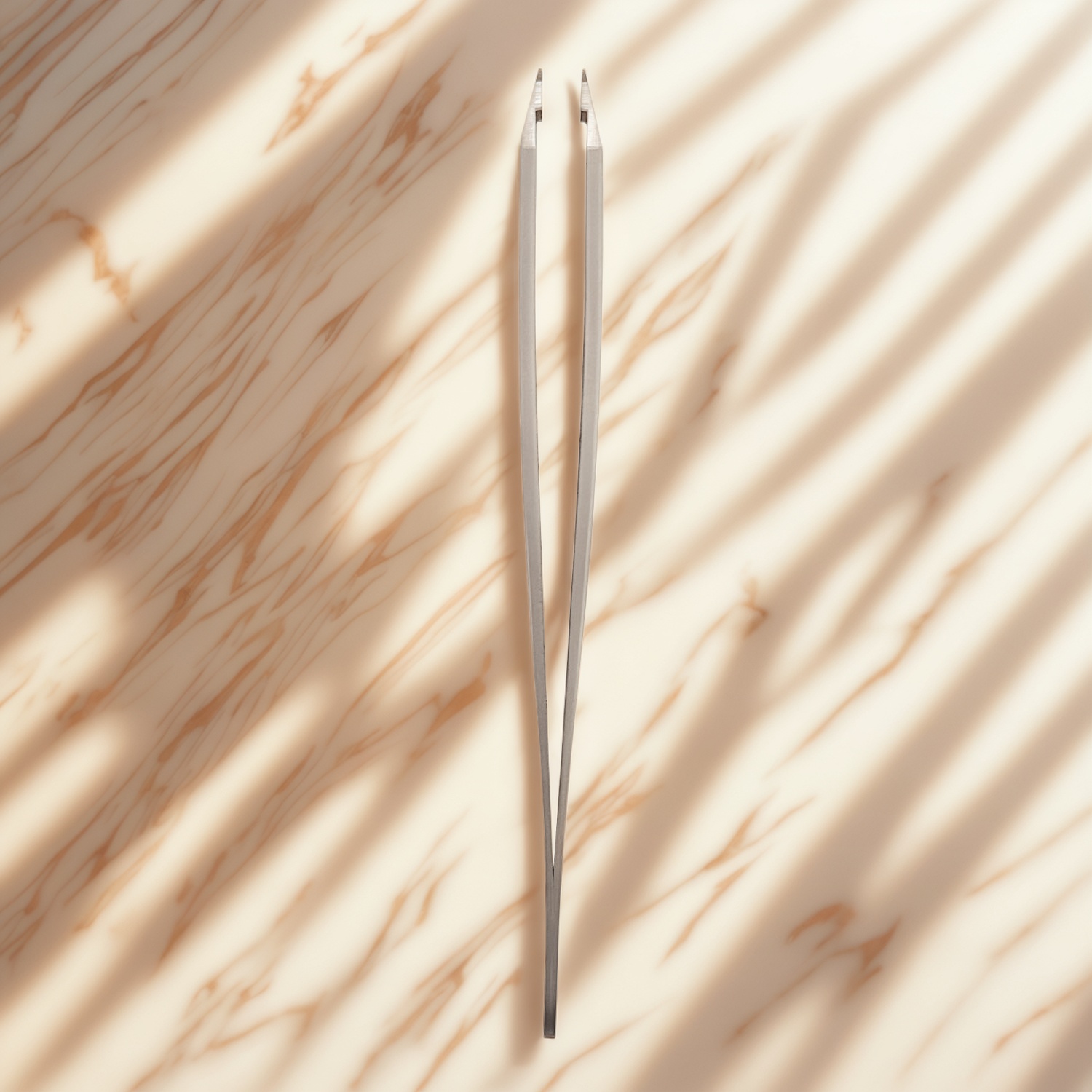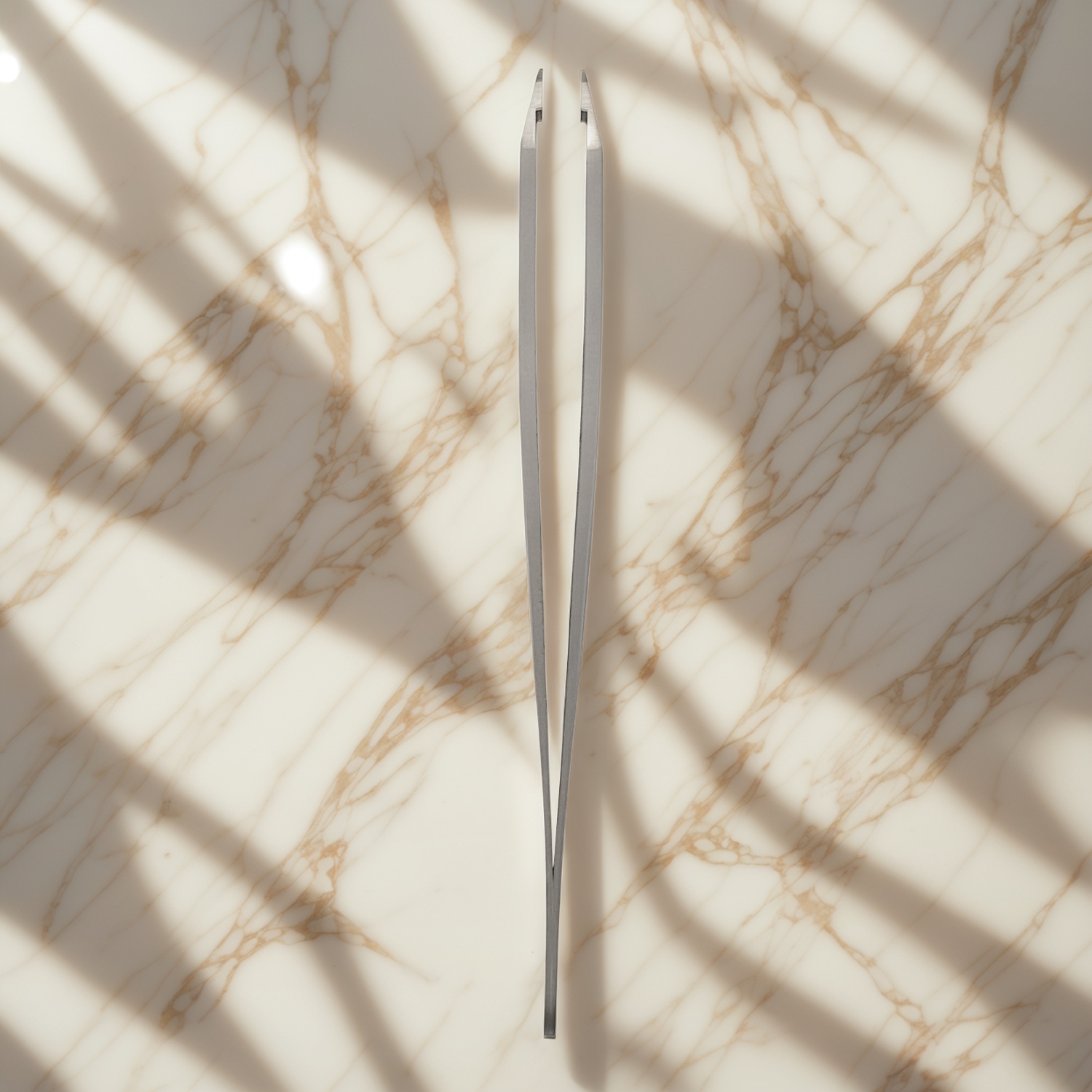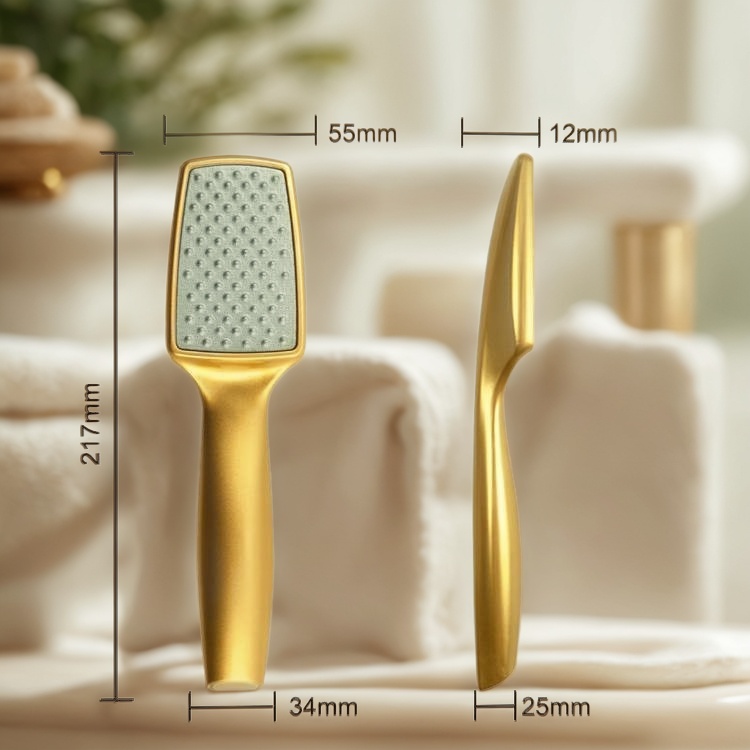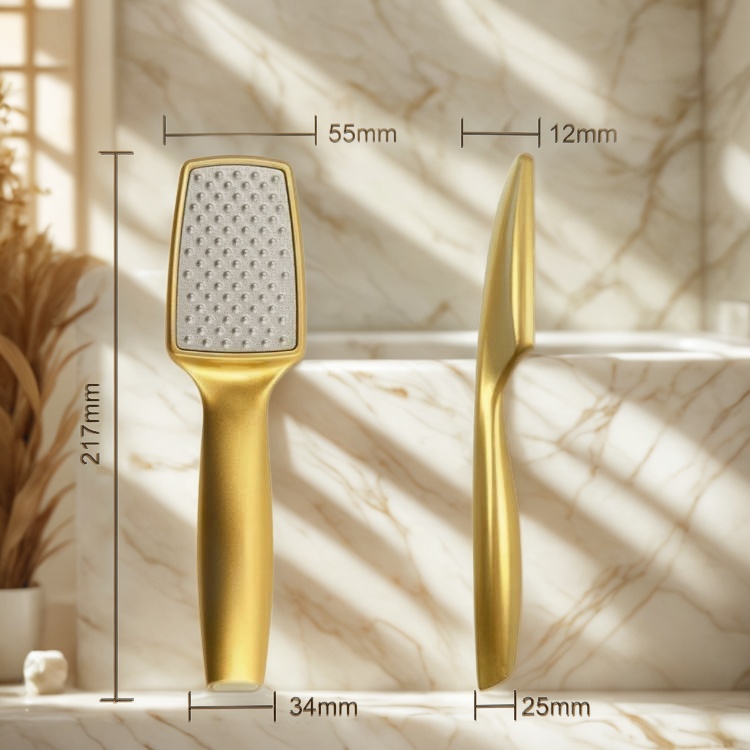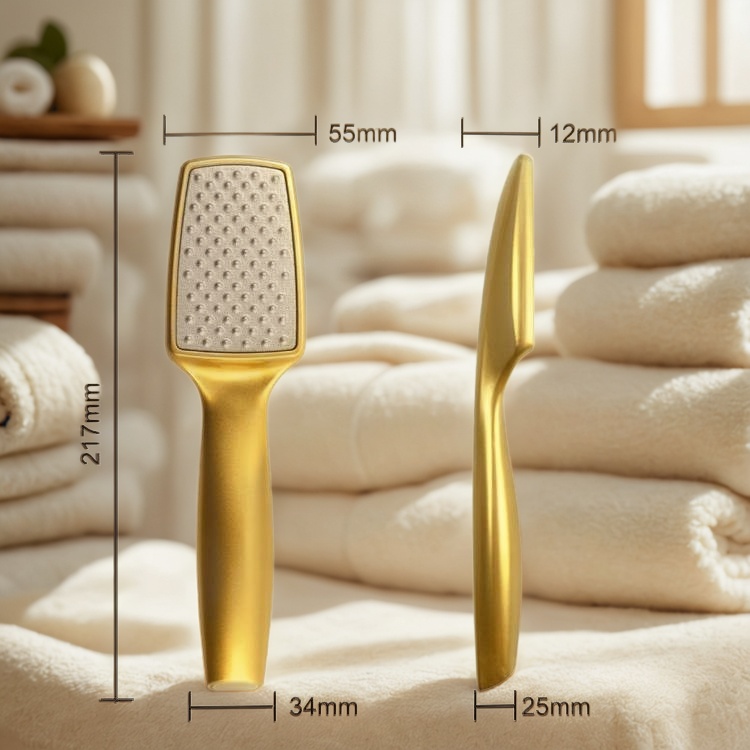Introduction
Nail clippers are a staple in personal grooming, but few people know the meticulous craftsmanship that goes into their production. From selecting the right materials to ensuring precision in every cut, the manufacturing process of nail clippers is a blend of art and science. This article delves into the intricate steps involved in creating a high-quality nail clipper, highlighting the importance of each stage in delivering a product that is both durable and effective.
Material Selection: The Foundation of Quality
The journey of a nail clipper begins with choosing the right materials. Stainless steel is the preferred choice due to its resistance to corrosion and ability to maintain sharpness. High-carbon stainless steel, in particular, offers enhanced durability and a longer lifespan. The handles may be coated with nickel or chrome for a sleek finish, ensuring both aesthetics and functionality.
Precision Engineering: Shaping the Blades
The heart of a nail clipper lies in its blades. Precision engineering is crucial to create blades that are sharp, aligned, and capable of making clean cuts. The process involves:
- Stamping: Metal sheets are stamped into the basic shape of the clipper.
- Grinding: The blades are ground to achieve the perfect cutting edge.
- Heat Treatment: This step hardens the metal, ensuring the blades retain their sharpness over time.
Each blade must be meticulously aligned to ensure a smooth and effortless cutting experience.
Assembly: Bringing It All Together
Once the individual components are ready, the assembly process begins. This involves:
- Riveting: The blades are riveted together, allowing them to pivot smoothly.
- Spring Mechanism: A spring is added to provide tension, making the clipper easy to use.
- Quality Control: Each clipper undergoes rigorous testing to ensure it meets the highest standards of performance and safety.
Finishing Touches: Polishing and Packaging
The final stages of production focus on aesthetics and protection. The clippers are polished to a mirror-like finish, enhancing their visual appeal. They are then carefully packaged to prevent damage during transportation, ensuring they reach consumers in pristine condition.
Conclusion
The production of a nail clipper is a testament to the dedication to quality and precision in manufacturing. From the careful selection of materials to the meticulous engineering of the blades, every step is designed to create a product that is both functional and long-lasting. Understanding this process not only highlights the craftsmanship involved but also underscores the value of investing in a well-made nail clipper for your grooming needs.












